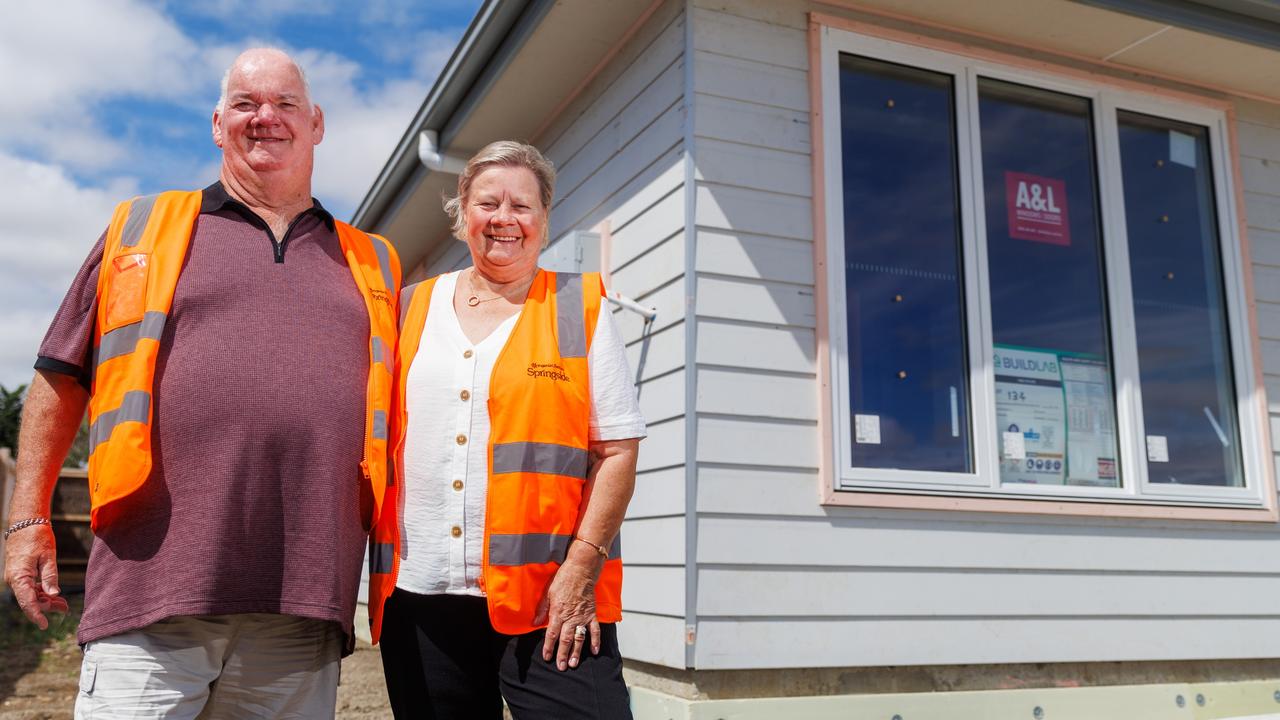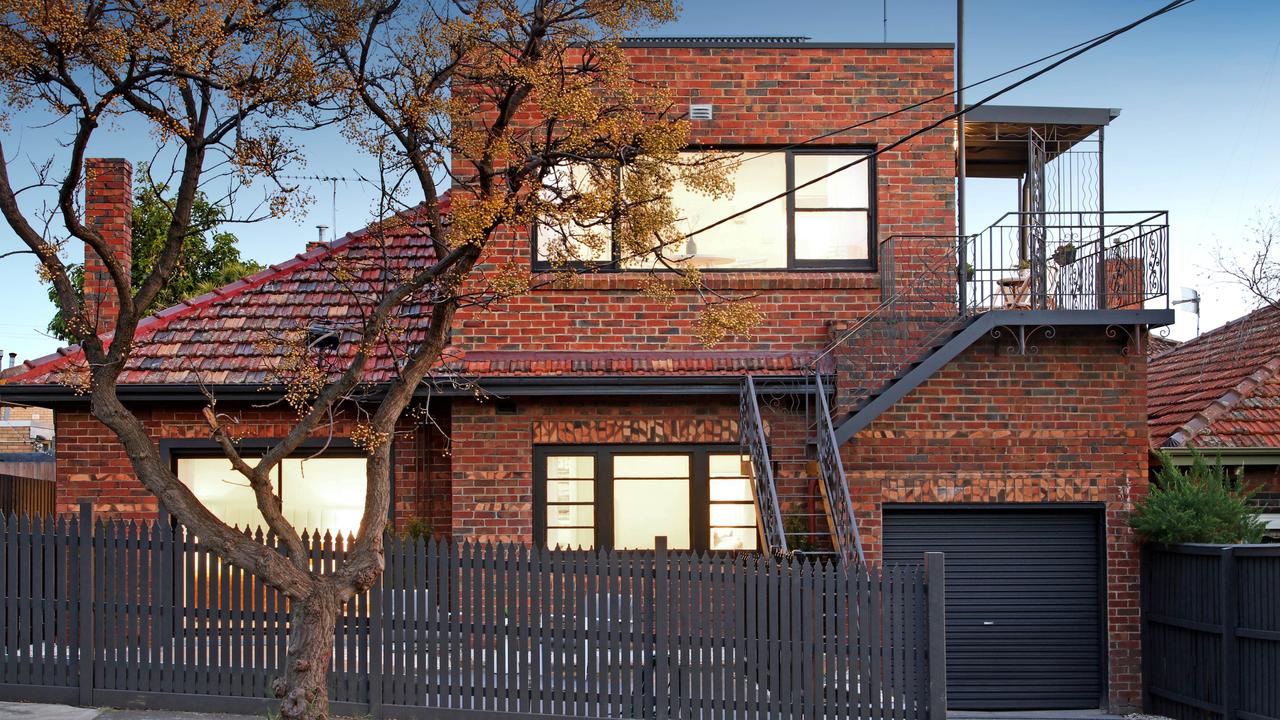$500 worse off: RBA’s interest rate decision a grinch-like blow going into 2025
Struggling Aussies have gotten no relief from the RBA before Christmas and it is going to cost you more than you realise.
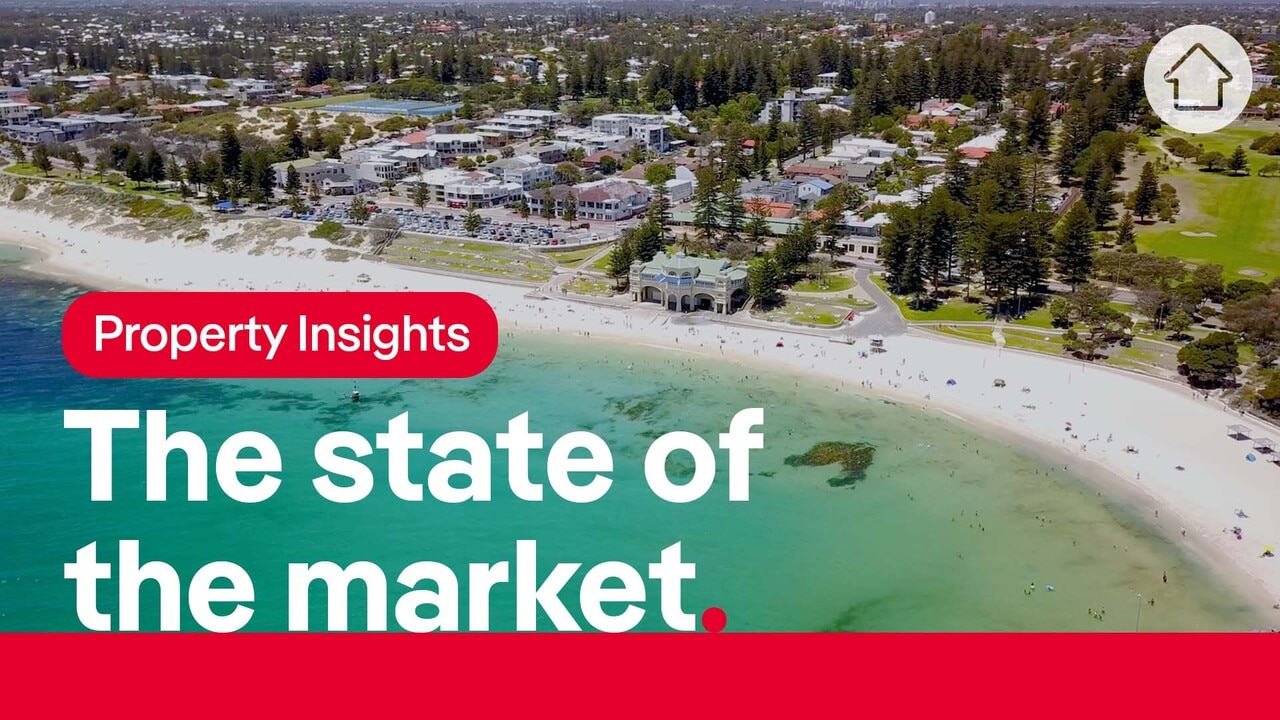
Australia’s average mortgage holder will be $200 worse off this Christmas and $500 behind by May, thanks to the Reserve Bank.
And with almost every cent going to banks, many of whom have reported billion-dollar profits in 2024, the Grinchy move has sparked calls for the government to control inflationary spending by mandating higher superannuation payments instead of raising the cash rate.
The RBA has announced it will hold the nation’s cash rate at 4.35 per cent for the 13th straight month, and removed any hopes of a rate cut before the end of the year.
RELATED: Rates call to spark chain reaction for housing
Baby Boomers’ cash splurge hurting other Aussies
Aussie homeowners ditch lenders amid rate fears
And wide expectations the decision will be repeated in February mean it’s likely Australians paying the nation’s average $640,000-plus new loan will watch $520 go out of their pockets and into their banks’ between now and the next RBA meeting in mid-May.
Latest Australian Bureau of Statistics data shows the nation’s average new mortgage reached $642,121 in September.
With a standard variable rate of 6.21 per cent monthly repayments will cost such a mortgage payer $3937 a month, according to the Australian government’s moneysmart.gov.au mortgage calculator.
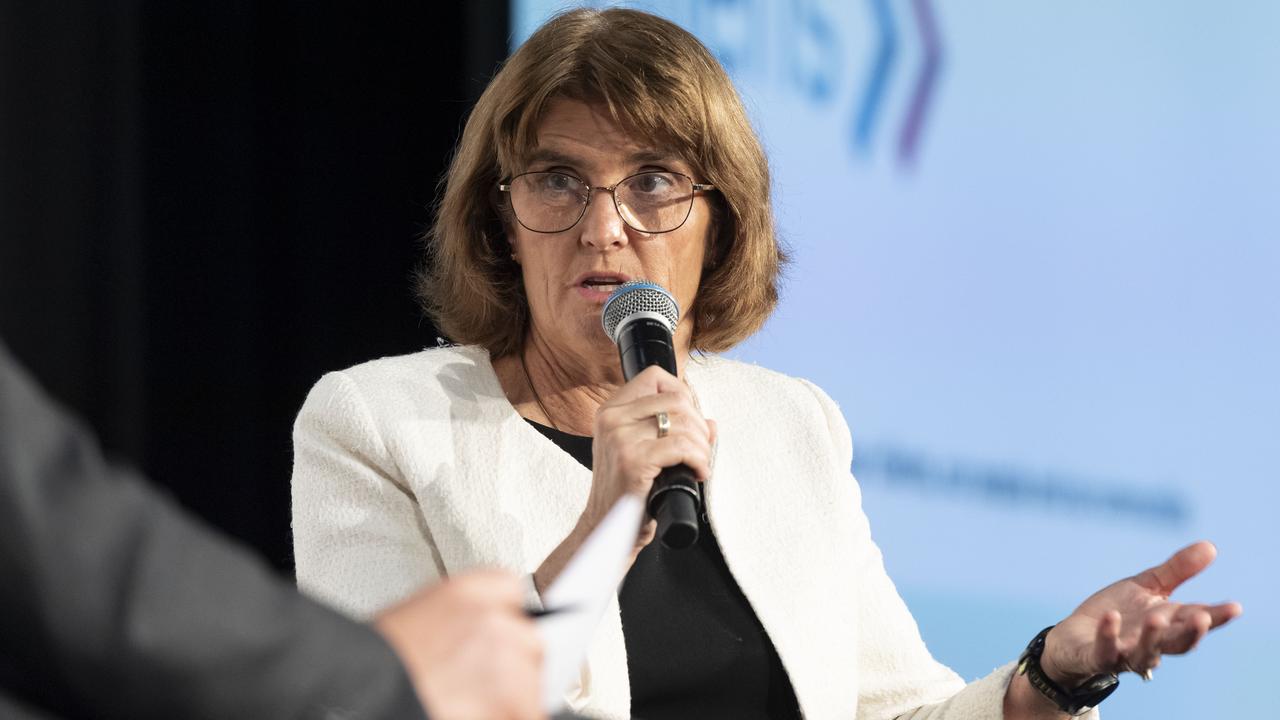
If the RBA had cut rates by 25 basis points, widely what is expected to be the first cut, that monthly cost would have dropped to $3833 — a $104 saving.
By the time the RBA next meets on February 19, in two months time, homeowners will have shelled out an extra $208 than if rates had been cut this week.
By May, when most experts are now expecting the first cut, the nation’s average new home loan holder will be $520 worse off.
If they don’t cut then, July will be the earliest possible relief for mortgage payers — with those paying the national average likely to be $728 worse off.

Opinion: Why the RBA must cut interest rates now
Real Estate Institute of Australia President Leanne Pilkington said the fact that the extra money was just going to the nation’s banks “drives me nuts”.
“They are already making billion-dollar profits,” Ms Pilkington said.
Noting that she is on the board of REI Super, she called for the government to look at changing how it slows inflationary spending by increasing how much of an Aussie's wage is contributed to their super — rather than relying on interest rates which only impact a third of people.
“A third of properties don’t have a mortgage … and another third are rented, so only a third of people are bearing the brunt of interest rates,” Ms Pilkington said.
“I know that it sounds simplistic, but why not increase super contributions?”
What the RBA hold will cost the average loan in your state
National average loan: $642,121
Cost of holding to February: $208
NSW average loan: $779,239
Cost of holding to February: $252
Victoria average loan: $614,730
Cost of holding to February: $198
Queensland average loan: $619,599
Cost of holding to February: $200
South Australia average loan: $551,749
Cost of holding to February: $178
Western Australia average loan: $559,028
Cost of holding to February: $182
Tasmania average loan: $458,641
Cost of holding to February: $148
Source: ABS, moneysmart.gov.au
She noted that such a change would still reduce disposable income, but would ultimately come back to Australians when they prepared to retire — potentially reducing their reliance on government handouts into the future.
“I just don’t see the logic in doing what we do, to benefit banks and their shareholders,” Ms Pilkington said.
Noting that the idea would require parameters, such as avoiding creating additional paperwork burdens on small businesses, she said it would likely be seen as preferable to many Australians facing a lean Christmas this year to know they would benefit in the future.

REA Group senior economist Eleanor Creagh said she believed the RBA was likely to keep rates on hold through the first three months of 2025 as a result of strong employment figures and some elements of inflationary spending continuing despite a broader return to the bank’s 2-3 per cent inflation target band.
However, Ms Creagh said slowing employment and inflation could drive a rate cut in May.
Ms Creagh said a rise in homes for sale this year had slowed home price growth nationwide, which had helped buyers continue to make purchases despite reduced borrowing capacity.
“While home price growth is currently slowing, it is expected to gain momentum once interest rates begin to fall, though the timing of rate cuts remains uncertain,” Ms Creagh said.
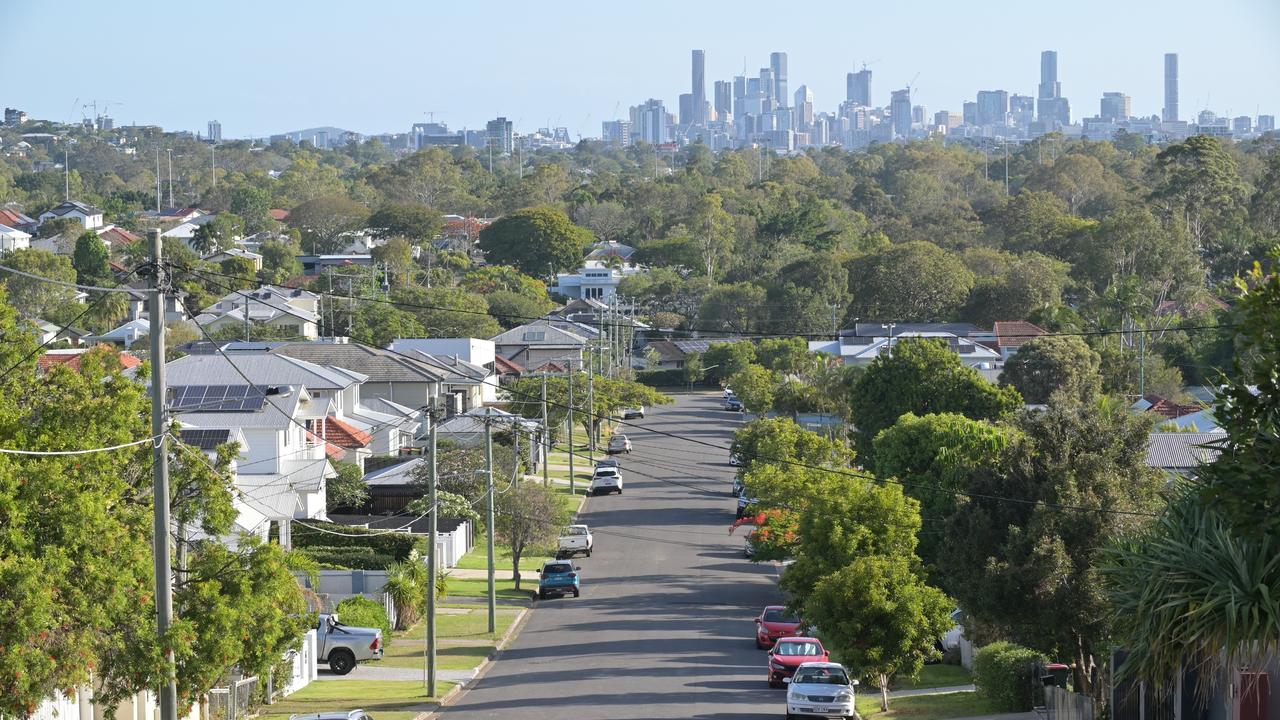
Finder head of consumer research Graham Cooke said for thousands of financially stretched and stressed Australian households, soaring mortgage costs were “smashing household budgets”.
“While we expect the RBA to start cutting the cash rate next year, many will struggle through the festive season with less money to spend than in previous years,” Mr Cooke said.
Mortgage Choice chief executive Anthony Waldron said the hold wasn’t a surprise, but was “not the festive season gift borrowers were hoping for”.
“It follows a warning from Governor Bullock that recent falls in headline inflation may be short-lived due to Federal Government rebates that have kept the price of energy bills low and put downward pressure on inflation,” Mr Waldron said.

“Until the Reserve Bank is satisfied that inflation can stay within its target of 2-3 per cent over a sustained period, households will have to hold out for the long-awaited cash rate cut.”
In a sign borrowers are getting “restless” he added that Mortgage Choice had recorded a 3 per cent increase in the proportion of refinance submissions for loans from October to November.
“This represents the greatest percentage of refinance submissions all year as borrowers seek cost of living relief,” Mr Waldron said.
Sign up to the Herald Sun Weekly Real Estate Update. Click here to get the latest Victorian property market news delivered direct to your inbox.
MORE: Aussie suburbs leading nation’s house price boom in 2024 revealed
Banks ‘come to the party’ over Aussies’ $265bn
95-year-old Melbourne property investor reveals his tips to make $1.7m+
Originally published as $500 worse off: RBA’s interest rate decision a grinch-like blow going into 2025

